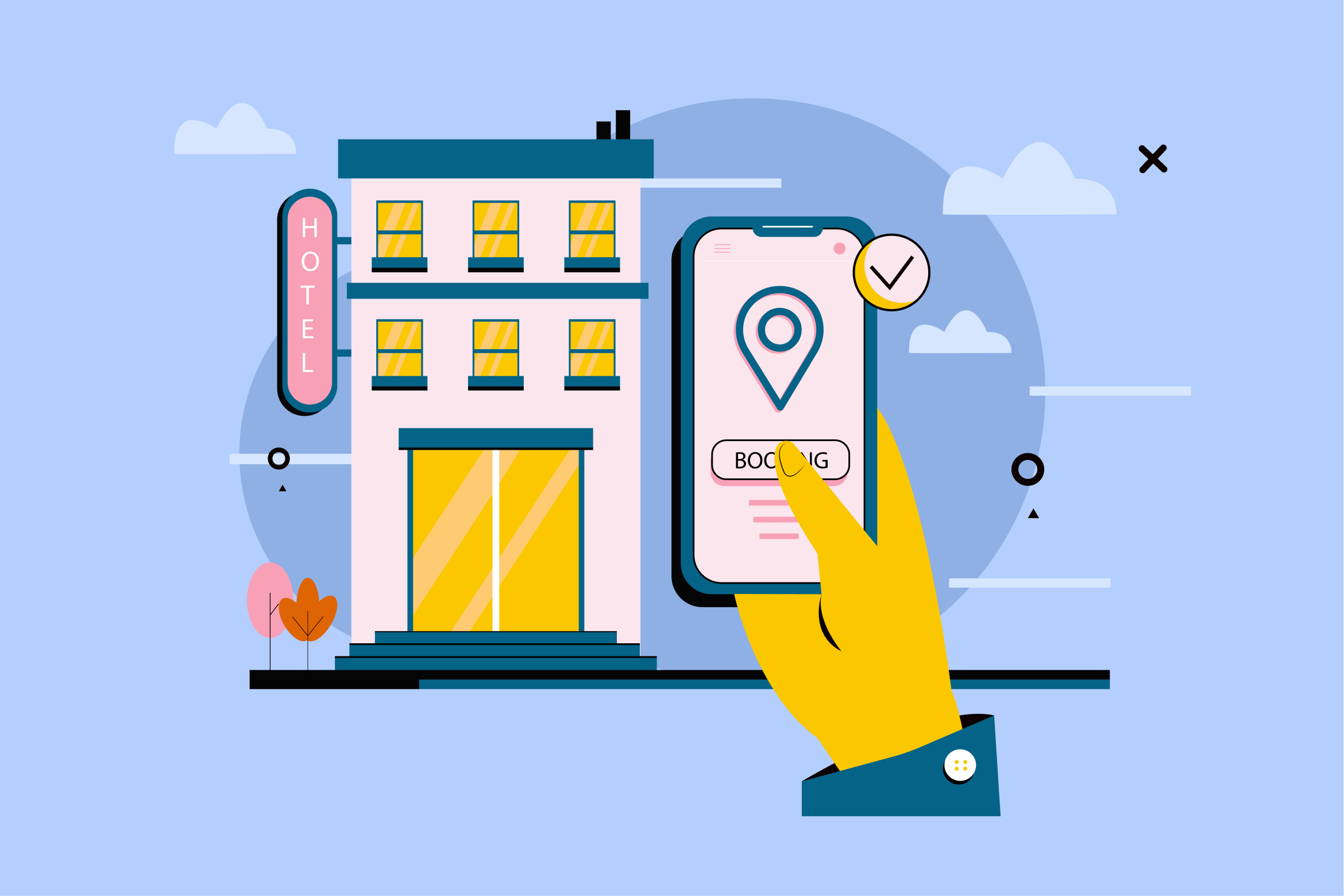Unlocking the Power of Real-World Asset Tokenization: A Comprehensive Guide
Unlock the world of real-world asset tokenization with our Libertum’s comprehensive guide! Learn about converting physical assets into digital tokens, the benefits it offers, and the risks involved. Whether you’re new to the concept or looking for a deeper understanding, join us on this exploration.
Key Takeaways:
- Real-world asset tokenization involves digitizing physical assets like real estate and art.
- Benefits include reduced costs, faster settlement times, and improved liquidity.
- Examples include fractionalized shares of art and tokenized gold.
- Smart contracts play a crucial role in the tokenization process.
- Risks include volatility and regulatory challenges.
Tokenization Simplified:
Tokenization converts real-world assets into digital tokens using blockchain technology. Enjoy secure, transparent ownership and transfer of assets across various categories without intermediaries. Experience reduced transaction costs, increased liquidity, and enhanced security.
Real World Asset Tokenization Explained:
Represent ownership of real-world assets as digital tokens on a blockchain. Fractional ownership enables increased liquidity in markets like real estate and commodities. Streamline transactions, reduce costs, and enhance transparency in asset ownership with tokenization.
What Can Be Tokenized?
Explore opportunities to tokenize assets like real estate, art, commodities, private equity, debt instruments, intellectual property rights, and more. Discover new investment avenues enabled by tokenizing traditionally illiquid markets.
Join us in revolutionizing asset trading with streamlined solutions for financial transactions and asset management through asset tokenization.
Unlock the Power of Real World Asset Tokenization with Smart Contracts
Real-world asset tokenization revolutionizes asset ownership using smart contracts, automated agreements written in code. These contracts, executed on a blockchain, enable seamless transactions once specific conditions are met. Smart contracts play a crucial role in converting physical assets into digital tokens, ensuring transparency and security in the process.
The tokenization journey begins by selecting an asset representation model to define how the asset will exist on the blockchain. Whether through fractional ownership or whole ownership models, each token represents a part or the entirety of the asset. After modeling and reviewing the code for technical compliance, the asset is deployed on the blockchain with a unique token connected to its smart contract. These tokens can represent various assets like real estate or art and adhere to standards such as ERC-20 or ERC-721.
Benefits of Real World Asset Tokenization:
- Enhanced liquidity for traditionally illiquid assets
- Transparency through immutable records of ownership
- Reduced transaction fees by eliminating intermediaries
Steps to Sell Real-World Assets as Tokens:
- Choose an asset to tokenize
- Find a willing buyer
- List your asset on a crypto marketplace or tokenization platform
- Provide information and set desired payment terms
- Agree on a price, transfer assets securely using smart contracts
Challenges of Tokenized Real World Assets (RWA):
- Volatility risk due to price fluctuations
- Valuation challenges with digital assets
- Regulatory hurdles across jurisdictions
Maximize Profit from Real World Asset Tokenization:
- Engage legal experts for compliance with regulations
- Understand valuation methodologies
- Research different marketplaces for optimal results
Profiting from Real World Asset Tokenisation:
- Invest in Tokenized Assets: Watch your investment grow as the value of real-world assets rises.
- Trade Tokens: Seize opportunities to buy low and sell high, maximizing returns.
- Earn Rental Income: Generate passive income from rental property tokens you own for example what Libertum is offering.
- Leverage Fractional Ownership: Diversify and access high-value assets with less capital for bigger profits.
- Join Crowdfunding: Support real estate projects through tokenized campaigns for profit-sharing or dividends.
- Explore Staking and Yield Farming: Earn rewards by holding or participating in tokenized networks.
- Benefit from Tokenized Securities: Access traditional financial assets like stocks and bonds with added liquidity and lower barriers to entry.
Real-world asset tokenization is poised for a game-changing transformation in the financial industry. Projections show the market could surge to $10 trillion by 2030, a significant leap from its current $300 billion value. This exponential growth highlights the vast opportunities that real-world asset tokenization offers to investors and businesses alike.
However, widespread adoption faces hurdles, particularly when it comes to navigating varying regulations across different regions. Collaboration among key players like financial institutions, tech providers, and regulators will be crucial in creating an enabling environment for tokenized assets.
Ensuring security and privacy will be paramount as this technology evolves. Blockchain and tokenization are still developing, requiring further enhancements to address vulnerabilities and mitigate risks effectively. By establishing a secure and transparent ecosystem, real-world asset tokenization can revolutionize asset funding, trading, and management.
Challenges on the Horizon for Real World Asset Tokenization:
- Navigating regulatory barriers globally
- Safeguarding privacy in asset transactions
- Promoting cooperation among stakeholders
- Addressing potential weaknesses and enhancing risk management
In Conclusion:
Real-world asset tokenization is reshaping finance by digitizing ownership of assets like real estate and art, making them tradable on blockchain platforms. This shift opens up investment possibilities and enhances liquidity, transparency, and efficiency in the financial landscape. Understanding and embracing real-world asset tokenization can provide a competitive edge in today’s evolving market.
